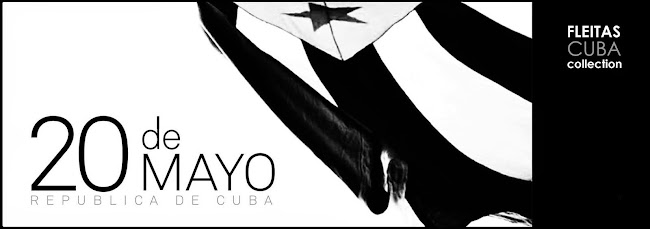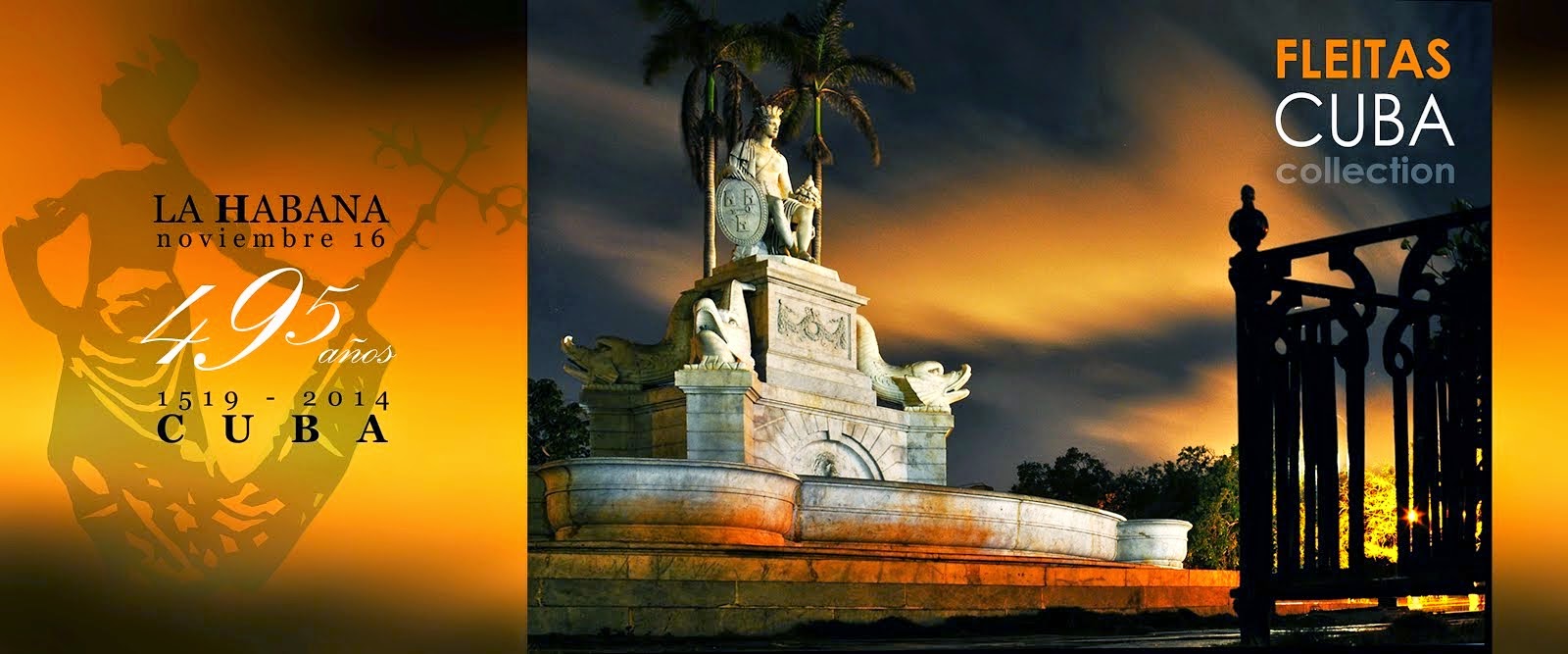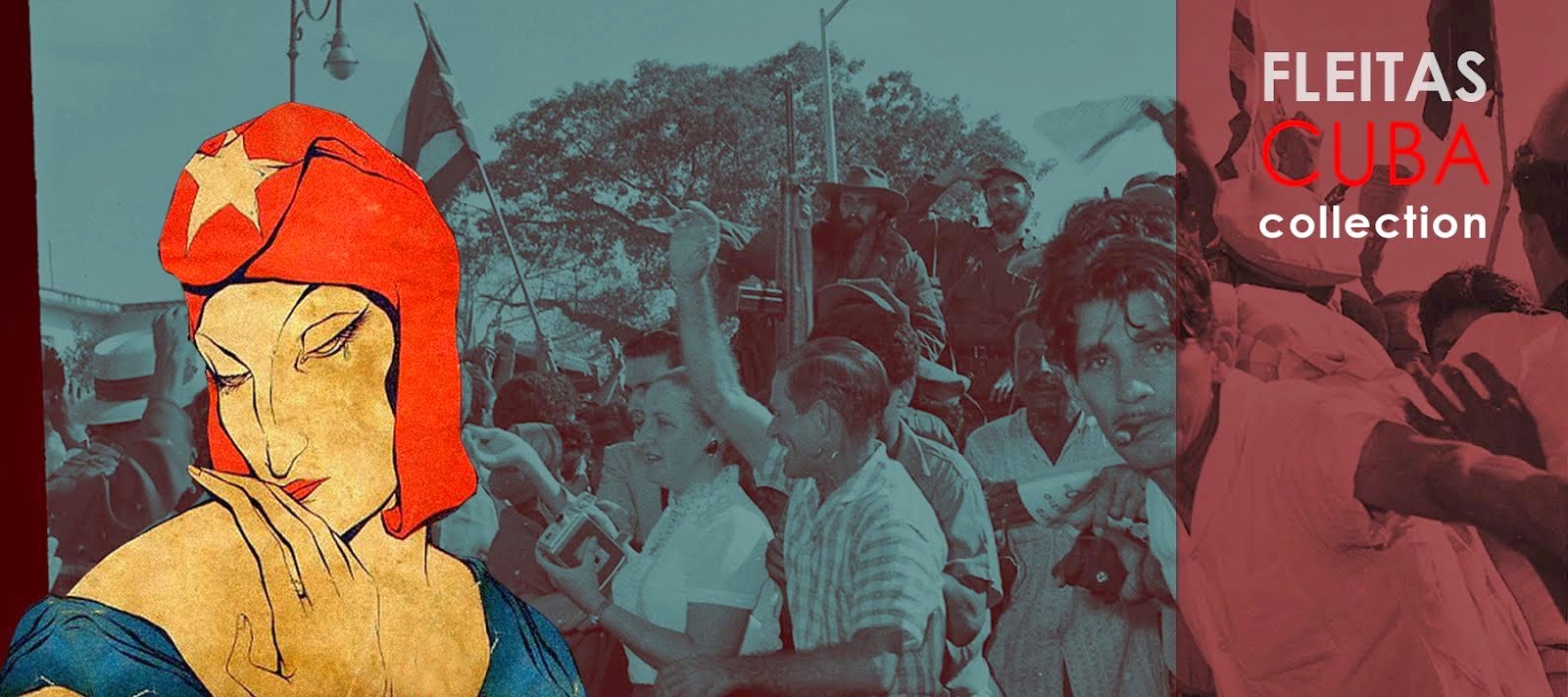the NEW face of HAVANA
 |
| Image of Havana courtesy of Tyler Wetherall |
Tyler Wetherall explores the changing city streets of Cuba’s capital
Walking down the street in Cuba any day of the week, I see old men playing dominoes on makeshift tables, women hanging their laundry from rickety balconies, children playing in the last rays of the evening sun or couples sat on the seawall along the famous Malécon, sharing a bottle of rum to the tinny beats of an old stereo. The multi-coloured colonial houses, the dusty streets and the rattly old American cars; this is Cuba's classic aesthetic.
Many of these things have not changed for years: the same scenes could have been observed two decades ago. Except that, now, the kids wear imitation Nike trainers and Rihanna sings from a car radio - signs of the capitalist world's unstoppable march though the last western bastion of Socialism.
But something else is happening too. In the glassless windows of tumbledown houses, women have set up sweet shops; in front rooms of family homes where the furniture hasn't changed since the Fifties, they're hosting independent cinema clubs; and in gardens of sprawling houses in the downtown Vedado neighbourhood, they're hiring out their swimming pools for private cocktail parties. And, for the first time in over 50 years, none of these enterprises are illegal.
Ever since President Raul Castro's reform programme of 2010 paved the way for private enterprise - albeit limited enterprise - Cubans with a bit of capital and lots of patience (the process is typically convoluted) have started small businesses, from web design agencies to the home restaurants known as paladares. According to government statistics, since 2009, the number of people working in the private sector has nearly doubled.
While these free-market reforms have wide political and economic ramifications, the visual landscape has begun to change subtly too. Take billboards for example. They were previously for sole use by the state, with the face of Che or Fidel staring stoically down upon you. Now, thanks to the change in law, small adverts compete for attention with these historical giants, touting car washes and pizza by the slice, alongside the socialist slogans.
There was a time your best option for dinner was a grim state-run restaurant, and shops had notoriously empty shelves. Towards the end of the presidency of Raul Castro's elder brother, some paladares were tolerated, as long as they were low-key, with limited covers. These days, a new boutique bar or hip restaurant opens up every week. Often hidden down an unlit street or at the top of a tower block, their twinkling lights and the buzz of people around them are becoming a frequent sight. With the laws regulating travel, internet and mobile phone usage relaxing somewhat, the increased interaction with the international community is clearly influencing Cuban design - take the quirky and contemporary look of Cuban-Swedish restaurant Casa Miglis or the stylish Parisian cool of Le Chansonnier.
But recently there has been a more fundamental change. For many years, only the privileged few could frequent restaurants, malls or cinemas. But the private sector has started to create a new middle class with a little more disposable income, who for the first time can pay $10 for a meal in one of the city's fancy paladares or buy a cocktail in a bar. While fears grow of creating an unbridgeable gap between rich and poor, the emerging generation is growing up in a changing world. As the breathing, beating collective heart of a city, it is perhaps this new generation that will make the biggest difference of all.
But something else is happening too. In the glassless windows of tumbledown houses, women have set up sweet shops; in front rooms of family homes where the furniture hasn't changed since the Fifties, they're hosting independent cinema clubs; and in gardens of sprawling houses in the downtown Vedado neighbourhood, they're hiring out their swimming pools for private cocktail parties. And, for the first time in over 50 years, none of these enterprises are illegal.
Ever since President Raul Castro's reform programme of 2010 paved the way for private enterprise - albeit limited enterprise - Cubans with a bit of capital and lots of patience (the process is typically convoluted) have started small businesses, from web design agencies to the home restaurants known as paladares. According to government statistics, since 2009, the number of people working in the private sector has nearly doubled.
While these free-market reforms have wide political and economic ramifications, the visual landscape has begun to change subtly too. Take billboards for example. They were previously for sole use by the state, with the face of Che or Fidel staring stoically down upon you. Now, thanks to the change in law, small adverts compete for attention with these historical giants, touting car washes and pizza by the slice, alongside the socialist slogans.
There was a time your best option for dinner was a grim state-run restaurant, and shops had notoriously empty shelves. Towards the end of the presidency of Raul Castro's elder brother, some paladares were tolerated, as long as they were low-key, with limited covers. These days, a new boutique bar or hip restaurant opens up every week. Often hidden down an unlit street or at the top of a tower block, their twinkling lights and the buzz of people around them are becoming a frequent sight. With the laws regulating travel, internet and mobile phone usage relaxing somewhat, the increased interaction with the international community is clearly influencing Cuban design - take the quirky and contemporary look of Cuban-Swedish restaurant Casa Miglis or the stylish Parisian cool of Le Chansonnier.
But recently there has been a more fundamental change. For many years, only the privileged few could frequent restaurants, malls or cinemas. But the private sector has started to create a new middle class with a little more disposable income, who for the first time can pay $10 for a meal in one of the city's fancy paladares or buy a cocktail in a bar. While fears grow of creating an unbridgeable gap between rich and poor, the emerging generation is growing up in a changing world. As the breathing, beating collective heart of a city, it is perhaps this new generation that will make the biggest difference of all.
© 2014 Paul Smith
http://www.paulsmith.co.uk/uk-en/paul-smith-world/opinion/new-face-havana


























No comments:
Post a Comment